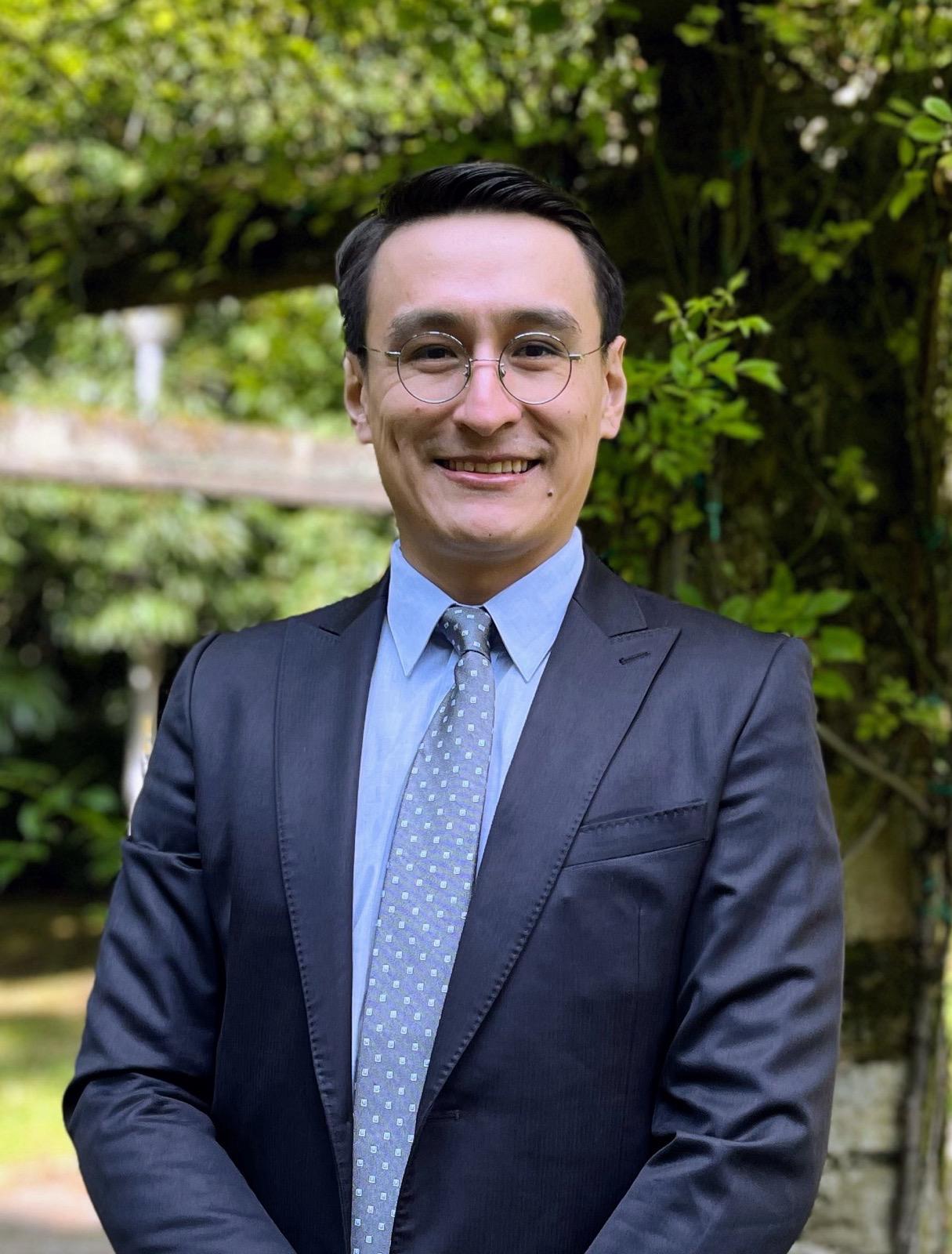Welcome! I am a Postdoctoral Researcher in the Department of Economics at Ghent University.
I will be on the academic job market 2024-25 and available for interviews.
My research interests are in finance, labor economics, and international macroeconomics. My current research focuses on understanding the role of liquidity in the behavior of distressed borrowers and studying the economic consequences of different financial shocks in the presence of financial frictions.
I earned a Ph.D. in Economics from the University of Rochester in 2022.
